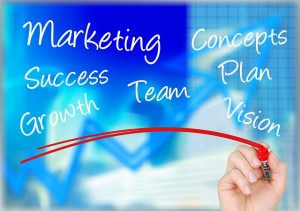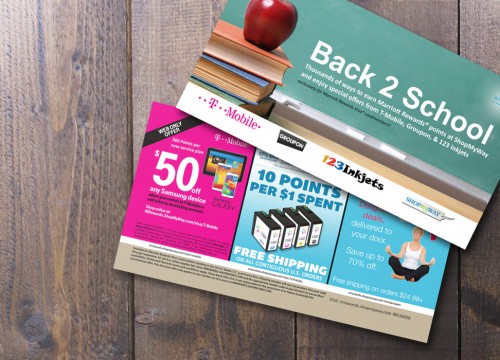
Loyalty Program Best Practices
Building a program which creates commitment and longevity
Building an engaging program that wins with customers takes planning, budget, and strategy. The business rules and objectives behind your program affect everything you do from cost, points, communications, image, and engagement. Your vision and business rules must be consistently carried out through the program in its entirety. Supporting the customer experience no matter when or where you are engaging with them is a challenge; bridging the gap with your internal teams as well as your partners from the beginning, however, will lead to a consistent customer experience and program understanding.
Define Your Objective
The overall program objective is the number one thing you need to define.
- Define your Strategy
- Set budget
- Define and Work with Marketing on Positioning
- Review Risks
- Complete Financial Analysis
- Business Analysis
- Select Platform and Technology Partner
- Select and Define Team Member Roles
- Testing
- Launch
Consider Your Strengths
When you begin to strategize about your program, remember to consider the strengths of your team and brand. Loyalty should never be a one-size-fits-all program, and once you have a program, it will change and evolve with the market and customer need.
- Define the core objectives for the program.
- Define the target group.
- What is the program structure?
- What will be the currency of the program?
- How will customer issues be resolved?
- Will there be fees or membership dues?
- Will partnerships be needed to optimize the program?
Target rewards, and communicate with tiered customers differently. A core functionality is rewarding the top customers. Customer should not all be treated the same. They don’t spend the same, they don’t engage the same, and they are not the same. Privileges should be created in tiers, which give recognition to top customers and give the others something to work toward. Remember, a key in any loyalty program design is behavior modification. Some loyalty programs have become mindlessly rewarding for nothing. I agree that saying “thank you” for business is good business, but it is not a loyalty program. When you set your program goal, it should be specific to drive or change a behavior. Program goals can include:
Customer Retention
Customer Satisfaction
New Customer Aquisition
Increase Revenue
Increase Customer Engagement
Your program should be a benefit to the customer. If your budget does not allow for a program to reward customers in a manner they perceive as “worth it”, then your program will fail. The average customer now belongs to more than 20 loyalty programs. Bad customer service continues to be the number one reason a customer will change brands. If you are going to stand out in the crowd, your loyalty program must be well defined, well developed, and funded appropriately.
For more information, contact
Chad Gibson
469-706-3318
cgibson@dbgloyalty.com

DBG Loyalty is a leading innovator in loyalty and rewards marketing. DBG was founded in 2002 because the industry was looking for a trusted technology leader who could develop and establish consumer loyalty programs. DBG has customer relationships which span from the time of inception.
Linda Butcher
and loyalty solutions.
Contact:
lbutcher@dbgloyalty.com
469-706-3333
Latest posts by Linda Butcher (see all)
- Your Loyalty Program Should be Fun and Interactive - October 15, 2015
- Loyalty Program Best Practices - October 5, 2015
- Make Your Loyalty Program an Experience - September 24, 2015
 Make Your Loyalty Program an ExperienceSeptember 24, 2015
Make Your Loyalty Program an ExperienceSeptember 24, 2015 Your Loyalty Program Should be Fun and InteractiveOctober 15, 2015
Your Loyalty Program Should be Fun and InteractiveOctober 15, 2015
